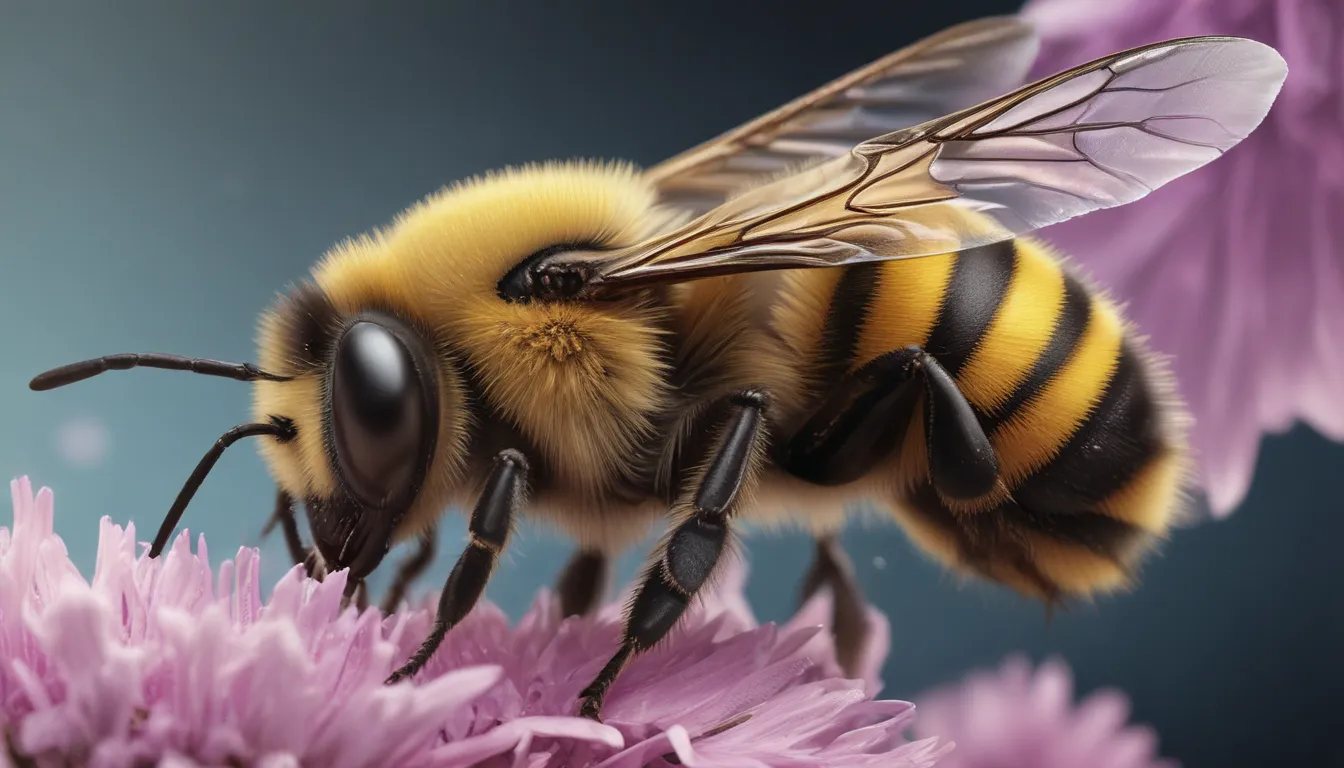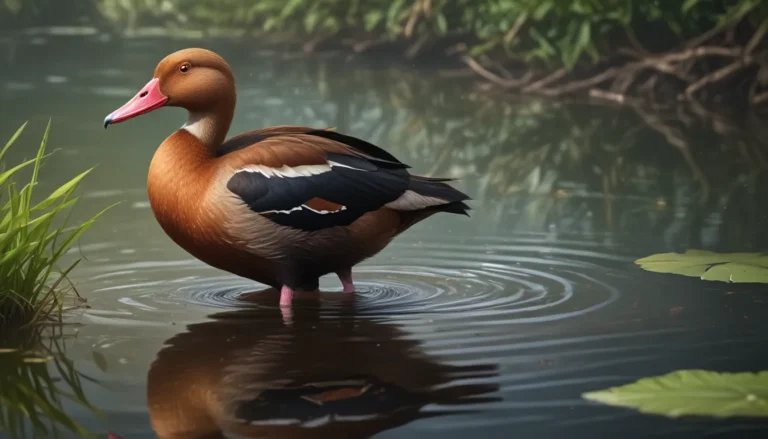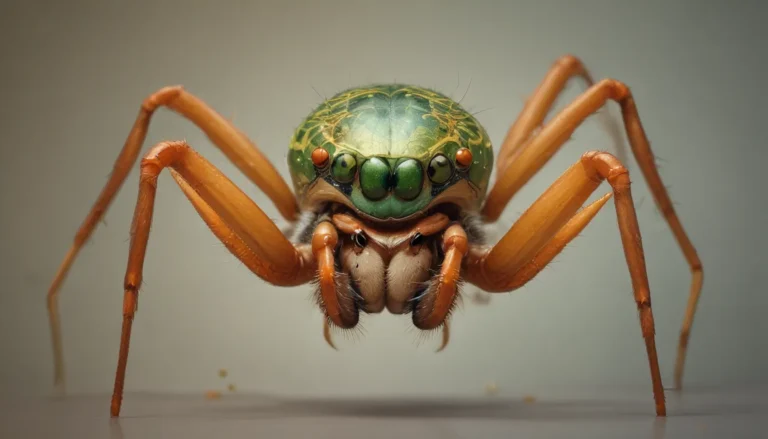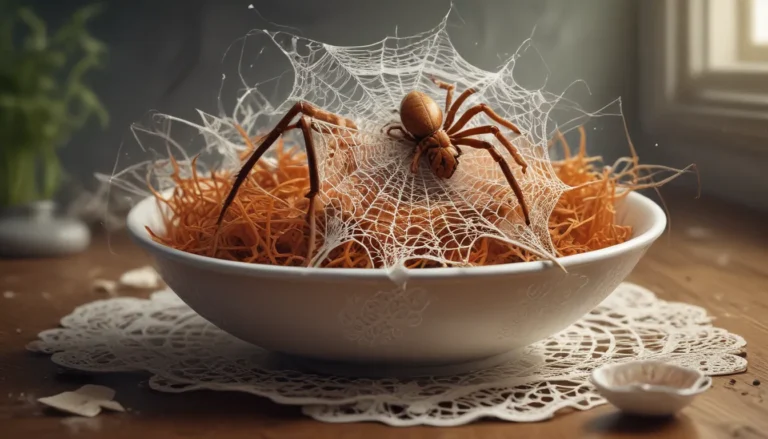The pictures we use in our articles might not show exactly what the words say. We choose these pictures to make you interested in reading more. The pictures work together with the words but don’t take their place. The words still tell you the important facts.
Bumblebees are more than just buzzing insects that flit from flower to flower. These fascinating creatures play a critical role in our ecosystem as essential pollinators, helping to sustain the growth and diversity of plants and flowers. In this article, we will delve into the captivating world of bumblebees and uncover 15 intriguing facts that will deepen your understanding and appreciation for these remarkable insects. From their unique abilities to their social structure, join us on a journey to discover why bumblebees are such a beloved part of the animal kingdom.
Exploring the Vital Role of Bumblebees
- Bumblebees are essential pollinators with unique abilities, such as buzz pollination and temperature regulation, making them crucial for maintaining biodiversity and supporting natural ecosystems.
- Bumblebee populations are declining due to habitat loss, pesticide use, and climate change. It’s important to protect these valuable pollinators to ensure the health of our environment and ecosystems.
The Pollination Prowess of Bumblebees
Bumblebees are excellent pollinators, playing a vital role in plant reproduction by transferring pollen from male to female flower parts. Their fuzzy bodies attract pollen grains, ensuring effective pollination and the continuation of plant species.
Unique Characteristics of Bumblebees
- Bumblebees can fly higher than other bee species, making them efficient pollinators for alpine plants found in mountainous regions.
- Bumblebees are social insects, living in colonies with a queen bee, worker bees, and male drones. They work together to build and defend their nests.
Special Abilities of Bumblebees
- Bumblebees have a unique ability to buzz pollinate, vibrating their flight muscles to release pollen from flowers such as tomatoes and blueberries.
- Bumblebees have a longer lifespan compared to other bees, with queens surviving through winter to establish new colonies in the spring.
Remarkable Traits of Bumblebees
- Bumblebees can regulate their body temperature, allowing them to fly in cooler conditions when other bees may be inactive.
- Despite their larger size, bumblebees are excellent navigators, with exceptional spatial memory that helps them efficiently find routes between flowers.
Bumblebee Behavior and Diet
- Bumblebees produce a buzzing sound during flight due to the rapid beating of their wings.
- While primarily feeding on nectar and pollen, bumblebees also consume other insects like aphids for additional protein.
Impact of Bumblebees on Agriculture
- Bumblebees contribute significantly to agriculture by pollinating crops like tomatoes, peppers, and berries, which are economically valuable.
- Contrary to popular belief, bumblebees are not aggressive and only sting when threatened or their nest is disturbed, making them less likely to sting compared to other bee species.
Survival Adaptations of Bumblebees
- Bumblebees have a thick layer of insulation called “pile” that helps them retain heat, allowing them to remain active in cooler temperatures.
- Found on multiple continents, bumblebees are crucial for wildflower ecosystems, maintaining biodiversity and supporting natural ecosystems.
The Decline of Bumblebee Populations
Unfortunately, like many bee species, bumblebee populations are declining due to habitat loss, pesticide use, and climate change. It is imperative to protect these important pollinators for the health of our environment and ecosystems.
Appreciating and Protecting Bumblebees
Bumblebees are truly remarkable insects, showcasing a wealth of unique traits and abilities that contribute to the vitality of our ecosystem. By planting wildflowers, reducing pesticide use, and creating bee-friendly environments, we can ensure the survival of these important pollinators for generations to come.
Frequently Asked Questions about Bumblebees
-
How do bumblebees differ from honeybees?
Bumblebees and honeybees are both important pollinators, but they have differences in behavior, nest-building, and foraging. Unlike honeybees, bumblebees do not produce honey and have larger body sizes. -
How long do bumblebees live?
The lifespan of bumblebees varies by species and role within the colony. Worker bumblebees typically live for a few weeks to a few months, queens can live for several months, and males for a few weeks. -
Are bumblebees aggressive?
Bumblebees are generally not aggressive and will only sting if they feel threatened. Their stingers do not have barbs, allowing them to sting multiple times, but they usually only sting as a last resort. -
How do bumblebees communicate?
Bumblebees communicate through pheromones, vibrations, and elaborate dances to convey information about food sources and locations within the colony. -
Can bumblebees fly in the rain?
Bumblebees can fly in light rain but seek shelter during heavy downpours. They vibrate their wing muscles to generate heat and dry themselves off if they get wet.
Conclusion
Bumblebees are vital contributors to our ecosystem, with their intricate behaviors and pollination skills playing a crucial role in plant reproduction and biodiversity. By understanding and appreciating the unique characteristics of bumblebees, we can work together to protect and preserve these essential pollinators for the benefit of our environment and future generations. Let’s celebrate the remarkable world of bumblebees and ensure their continued presence in our ecosystems.






